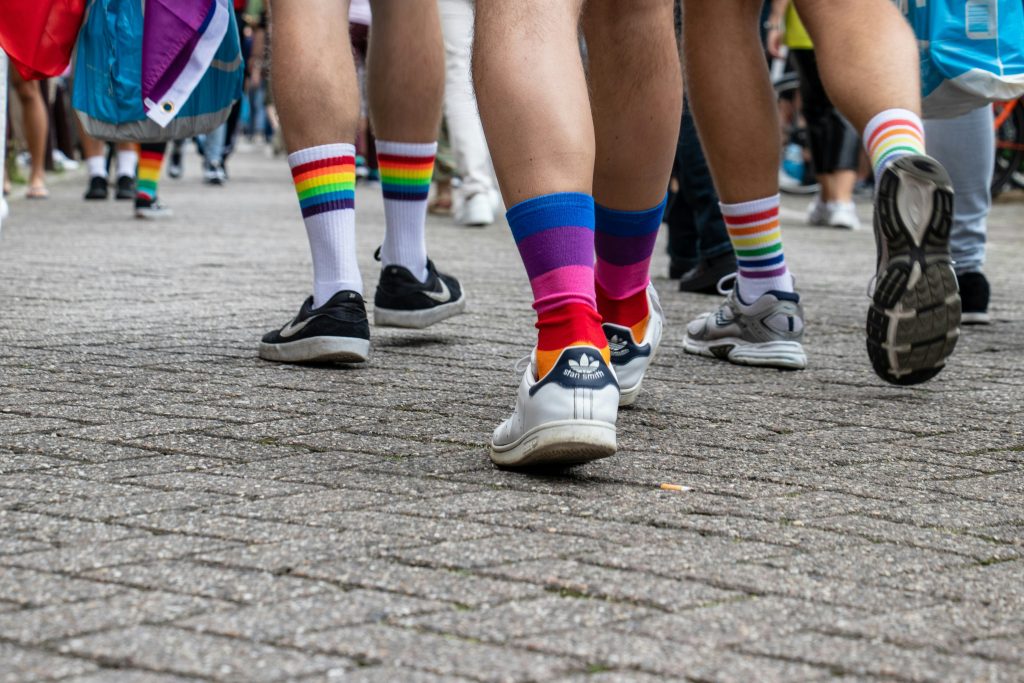In the year 2017, Kerala’s Kochi Metro Rail Limited launched its initiative to hire members from the transgender community. They in fact hired 23 employees from the community. However, due to the lack of inclusive policies and infrastructure, for example, viable accommodation facilities and low salaries, most of them were forced to leave the opportunity and only six of them are working at present.
As per Census 2011, the trans population is approximately 4.8 million in India. Out of these 4.8 million people, 96 % are denied jobs and are eventually forced to do low paying work such as sex-work, menial work, begging, etc. as per the study by National Human Rights Commission in 2018.
Similar trends can be noticed as per a survey report, six in ten transgender persons surveyed in Kerala in 2015 had dropped out of school due to severe harassment, and gender-related negative experiences. As per the report prepared by Sangma, a human rights organisation for people with different sexual preferences than normative, hetrosexual, highlighted high rates of violence against transgender persons, particularly perpetrated by police personnel. Therefore it is evidently clear that they are persecuted and discriminated against at all the levels and by almost all the structures and institutions of society, including even the ‘police’, who are meant to protect them.
Lack of data
The question that arises now is how to solve the problem and make their condition better? But before that, we need to stop and think if we have holistic and reliable data for understanding the issues and suggesting the solution. One of the biggest roadblocks in addressing the situation is the lack of authentic official data. Census 2011 for the first time included ‘other’ as a third gender identity, but still most of the official data is in the binary format of male-female such as NFHS, PLFS, etc. The first official document of identity is the birth certificate, even this does not contain the option to register intersex children. Due to lack of data, their issues also go unreported and hence unresolved as well. Therefore, if we really want to address the issues then firstly we will have to develop the mechanism to collect authentic and holistic data at the pan-India level.
Economic impact of the exclusion and discrimination
The consequences of the discrimination that these people face are not only limited to their social life, but also impact their economic well-being and political emancipation as well. This community has also been marginalised and discriminated against with almost no control over their lives and resources. Conflict, rejection, homelessness, harassment, exclusion and discrimination, hate crimes against them, etc. are their daily life phenomena. The government has tried to provide them a sigh of relief by enacting the Transgender Persons (Protection of Rights) Act, 2019, and providing them protections under the act, but it has its own misses as well.
Strategies to make the organisation and society more inclusive
- Broader campaign to sensitise people about the issues of trans people.
- Organisations should have a clear and written inclusion policy.
- Awareness generation among employees and inclusivity training on the regular basis.
- A position of inclusivity expert in the organisation should be there.
- Take inspiration from the initiatives of other organisations. For e.g. Tata Steel Kalinganagar has taken D&I initiatives, including menstrual leaves, equal benefits for LGBTQ+ partners, gender neutral parental leaves, and support for gender confirmation. Similarly Apple too has been at the forefront of advocating for the LGBTQIA+ rights. It has an employee resource group called pride@Apple, which offers leadership, education and networking opportunities to support its LGBTQ employees.
- There is a need to revise the law, for instance, Transgender Persons (Protection of Rights) Act, which criminalises begging by transgender persons, but unfortunately does not provide reservations for trans gender persons in the domains of education and employment.
By taking some of these steps, we can contribute to creating inclusive spaces for people of other gender identities, societies in general and organisations in particular more inclusive and accommodating.


